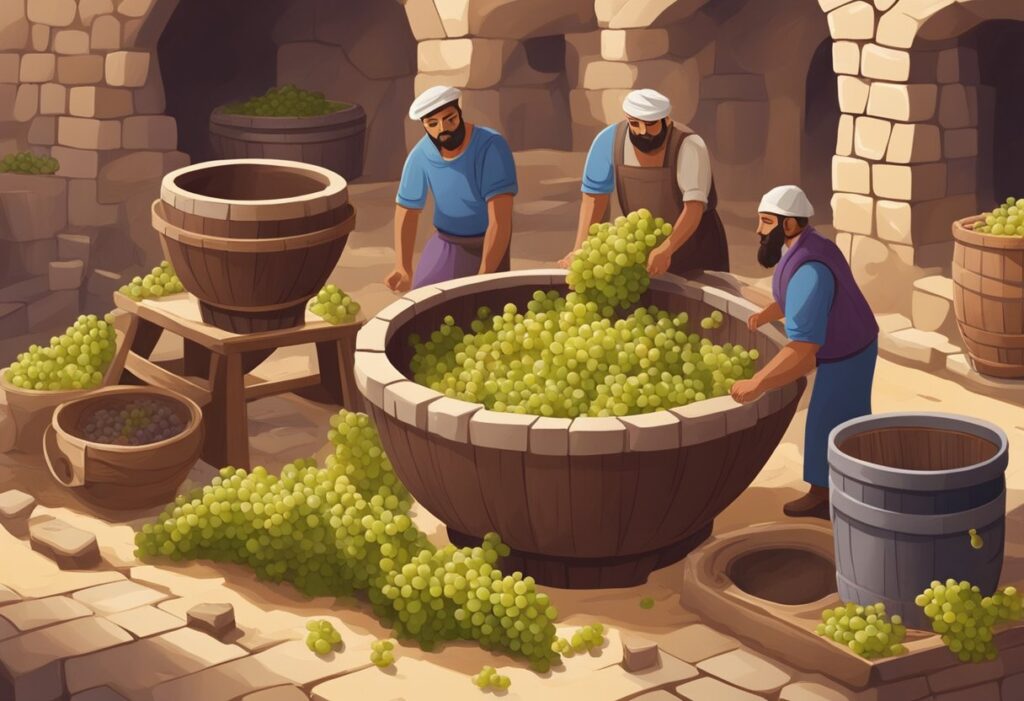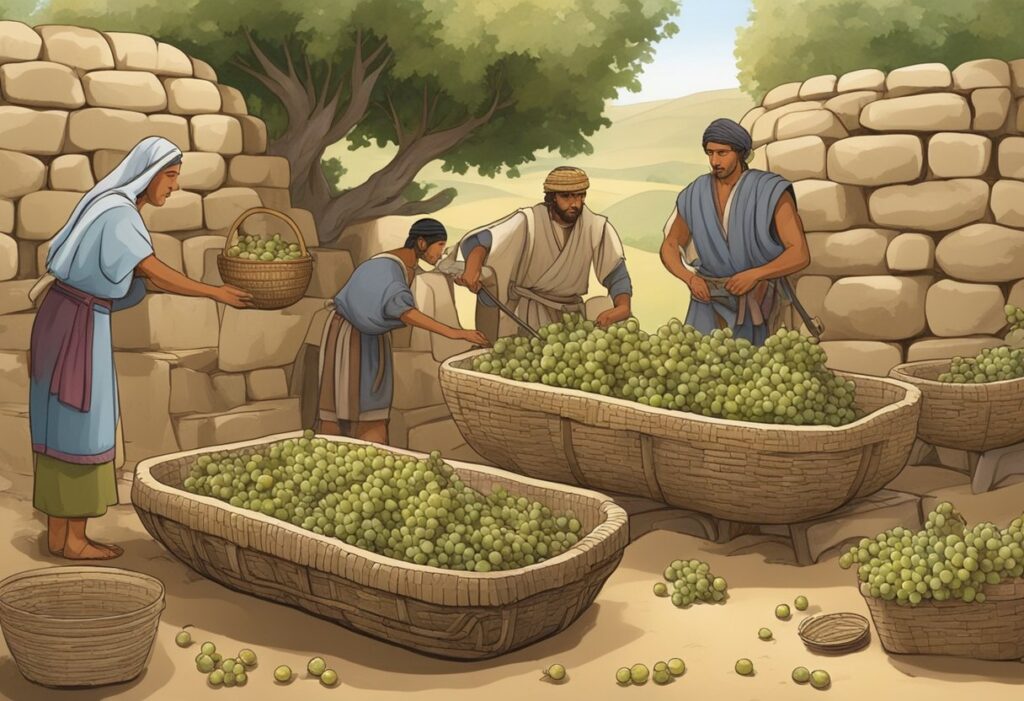What do you get when you mix European traditions with newfound American grit? The fascinating story of New World winemaking, of course! From Spanish settlers sneaking grape cuttings past royal decrees to determined pioneers planting the first vines in the Willamette Valley, the journey is nothing short of epic.
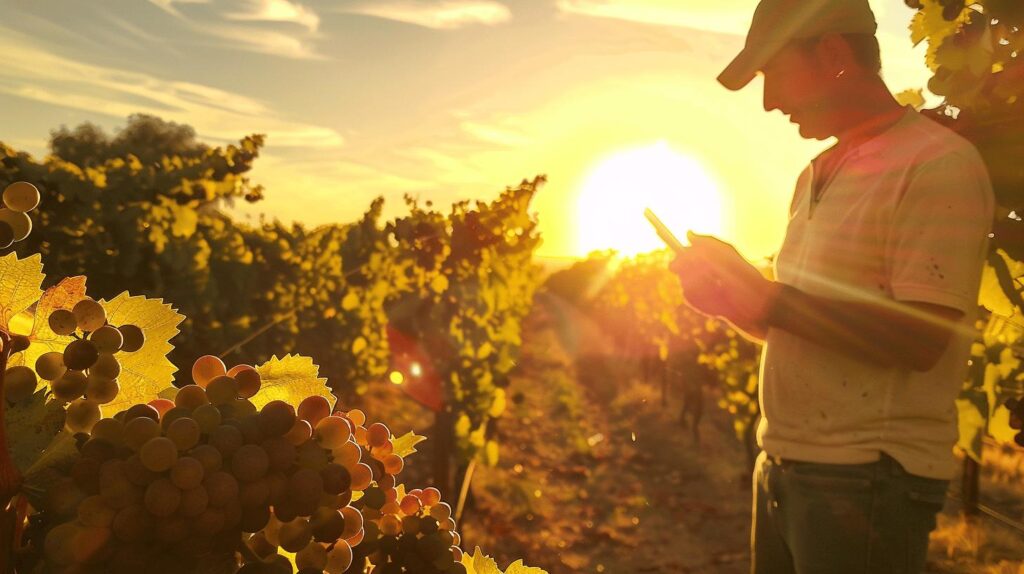
Stick around as we uncork the legacy of the incredible figures who turned untamed lands into some of today’s most celebrated wine regions. It’s a tale of passion, perseverance, and a splash of rebellion. Ready to meet the trailblazers who defined the industry? Let’s toast to that! 🍷
The Beginnings of New World Winemaking
Before the Age of Exploration, indigenous peoples in the Americas did not produce wine from native Vitis species. The landscape began to change when Spanish settlers brought European grape cuttings to the New World. Early attempts at winemaking were fraught with challenges.
European wines often spoiled due to poor bottling and sealing practices, making it difficult to establish a consistent wine culture. Yet, these initial efforts laid the groundwork for what was to become a burgeoning industry.
The Spanish influence on New World winemaking was significant but not without its setbacks. In 1595, the Crown of Spain issued an edict forbidding the production of fresh grapes in the Americas. This regulation was aimed at protecting Spanish wine exports from competition. Despite these restrictions, Spanish settlers continued to cultivate grapes and experiment with winemaking techniques, setting the stage for future developments.
- Indigenous alcohol production methods
- Introduction of European grape varieties
- Spanish regulations on grape production
- Early vineyard establishment efforts
- First successful plantings
The rise of early American vineyards was marked by perseverance and innovation. The Willamette Valley in Oregon, for instance, had no vineyards less than 50 years ago. Determined pioneers like David Lett, who arrived in the 1960s, played a crucial role in establishing vineyards and successfully growing Pinot noir. Their efforts demonstrated that the New World could produce high-quality wines, paving the way for a vibrant and diverse winemaking industry.
| Key Figure | Contribution |
|---|---|
| Spanish Settlers | Introduction of European grape varieties |
| Crown of Spain | Issued edict restricting grape production |
| David Lett | Successful Pinot noir plantings in the 1960s |
| Early Pioneers | Established initial vineyards despite challenges |
| Indigenous Peoples | Alcohol production methods using native species |
Influential Winemakers in California
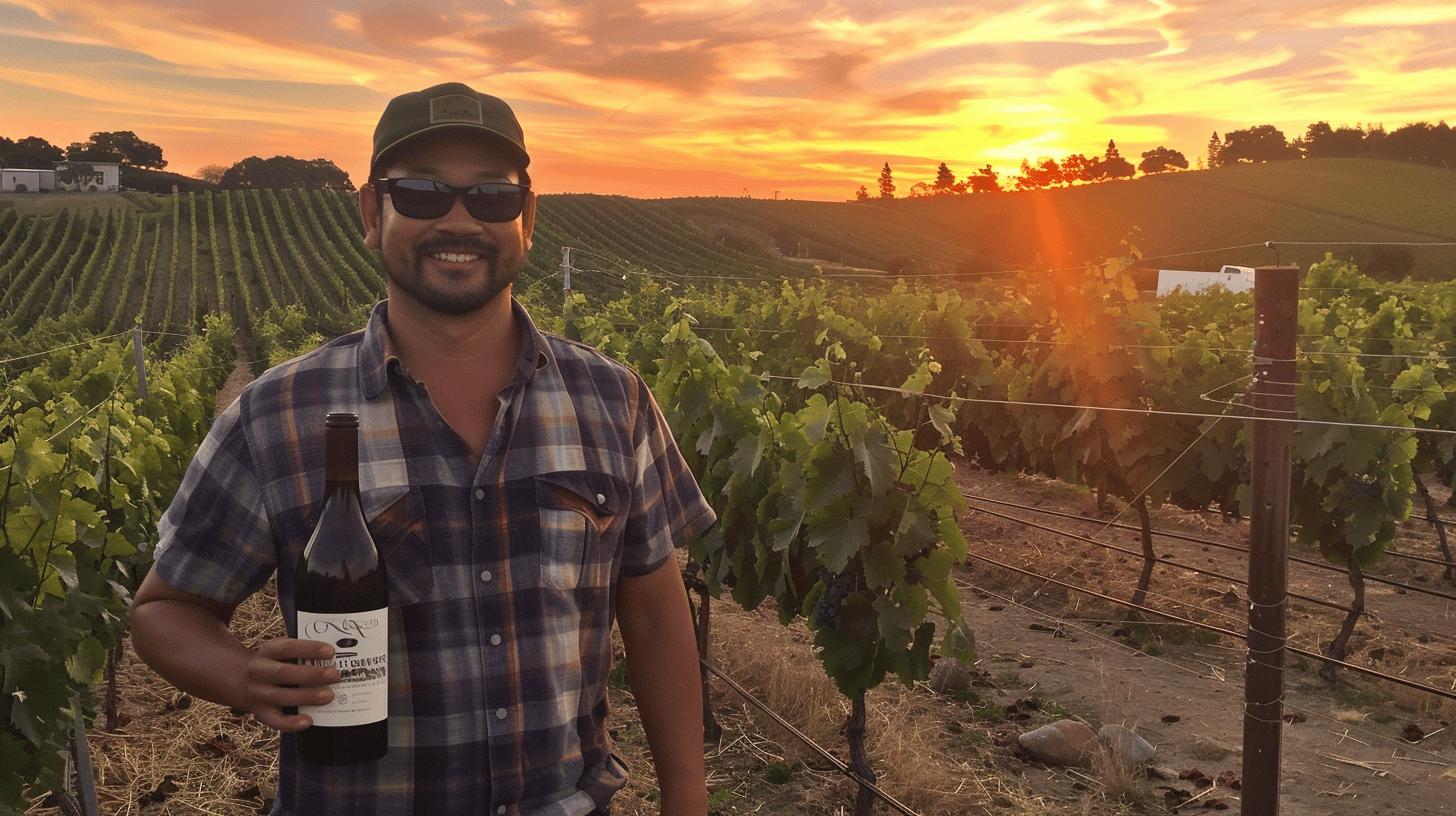
California’s winemaking industry faced numerous challenges, including Prohibition and a lack of local wine culture. The repeal of Prohibition in 1933 marked a turning point, but the industry struggled to rebuild. The 1960s brought a wave of pioneers who saw potential in California’s diverse climates and soils.
These pioneers, like David Lett and Charles Coury, were instrumental in revitalizing the industry. They introduced new grape varieties and innovative techniques that laid the foundation for California’s future success.
Notable figures such as David Lett and Richard Sommer made significant contributions. David Lett, known as “Papa Pinot,” planted his first vines in Oregon in 1965 and influenced many in California.
Richard Sommer, considered the father of the Oregon wine industry, planted the first Pinot noir in Oregon at Hillcrest Vineyard in 1961. Their pioneering efforts in the Pacific Northwest also inspired California winemakers to experiment and innovate, pushing the boundaries of quality and variety.
The Role of Innovation in California Winemaking
Technological and methodological advancements played a critical role in California’s winemaking success. Innovations in fermentation techniques, climate control, and sustainable practices helped California winemakers produce world-class wines. These advancements not only improved the quality of the wine but also made the production process more efficient and environmentally friendly.
- David Lett
- Richard Sommer
- Charles Coury
- Robert Mondavi
- André Tchelistcheff
New Zealand Winemaking Pioneers
New Zealand’s winemaking heritage is relatively young, with roots tracing back to the mid-20th century. Early winemakers faced numerous challenges, including a climate that was often too cool and unpredictable soil conditions.
Despite these hurdles, they were determined to cultivate vineyards and produce quality wines. Their perseverance paid off, as they adapted their techniques to suit the local environment, laying the foundation for New Zealand to become a significant player in the global wine industry.
Key figures made substantial contributions to this evolution. Montana Wines, founded by Croatian immigrant Ivan Yukich in 1934, was pivotal in pioneering large-scale wine production. In the 1970s, Ross Spence introduced Sauvignon Blanc, which would become New Zealand’s flagship wine.
Another notable figure, Alan Brady, established Gibbston Valley Wines in Central Otago, proving that premium Pinot Noir could thrive in the region. Lastly, Frank Yukich, Ivan’s son, played a crucial role in promoting New Zealand wine on the international stage, helping to secure its reputation for excellence.
| Key Figure | Contribution |
|---|---|
| Nicolás Catena | Revolutionized Malbec production in Argentina |
| Aurelio Montes | Introduced innovative viticultural techniques in Chile |
| Susana Balbo | First female enologist in Argentina |
| Eduardo Chadwick | Promoted Chilean wines globally |
| Michel Rolland | Elevated the quality of South American wines |
Australian Winemaking Legends
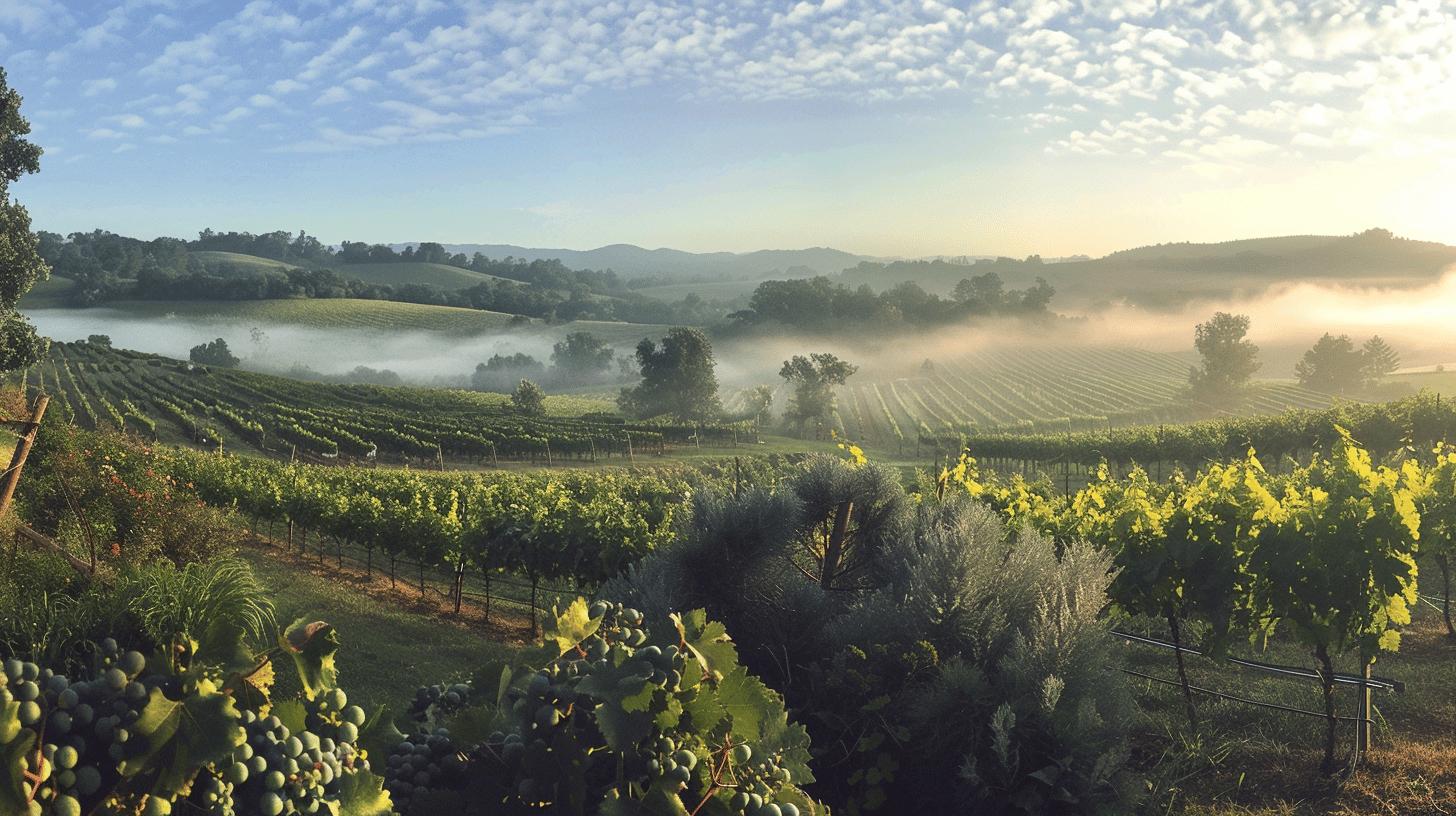
In 1788, Governor Phillip brought grape cuttings to New South Wales, hoping to establish a thriving winemaking industry. Early experiments, however, were largely unsuccessful due to the unsuitable climate and lack of viticultural knowledge.
It wasn’t until the mid-19th century that winemaking began to take root, thanks to the determination and ingenuity of early settlers who adapted their techniques to the local environment. Despite these early setbacks, their efforts laid the groundwork for future success.
Breakthroughs and innovations in the mid-20th century were pivotal in transforming Australia’s winemaking landscape. Max Schubert, a key figure, revolutionized the industry with the creation of Penfolds Grange, one of Australia’s most iconic wines. Len Evans, another trailblazer, played a crucial role in promoting Australian wines both domestically and internationally.
Innovations in technology and viticulture, such as temperature-controlled fermentation and clonal selection, further propelled the industry forward, allowing Australian winemakers to compete on the global stage.
- Max Schubert: Creator of Penfolds Grange
- Len Evans: Promoter of Australian wines
- James Halliday: Influential wine critic and author
- Peter Lehmann: Rescuer of Barossa Valley grape growers
- Wolf Blass: Pioneer of modern winemaking techniques
Today, Australian winemaking is renowned for its quality and diversity, with regions like Barossa Valley and Margaret River producing world-class wines. The industry’s success is a testament to the vision and perseverance of its pioneers. Australian wines are now enjoyed globally, with exports reaching over 100 countries. The focus on innovation and sustainability continues to drive the industry, ensuring that Australia remains a significant player in the global wine market.
Contributions of South American Winemakers
Winemaking in South America faced significant challenges in its early days. Transporting wine between Chile and Argentina in the early 20th century was difficult due to geographical barriers and underdeveloped infrastructure. The Pactos de Mayo in 1902 and the Transandine Railway in 1909 played crucial roles in improving trade and reducing conflict between these nations.
However, opposition from Argentina’s national winegrowers association led to the cancellation of free trade agreements with Chile, complicating the winemaking landscape further. Despite these hurdles, South American winemakers persevered and began to carve out a reputation for quality and innovation.
Notable winemakers from Chile and Argentina made significant contributions that transformed the industry. Nicolás Catena, often referred to as the “Robert Mondavi of Argentina,” revolutionized Malbec production, elevating it to international acclaim.
Aurelio Montes of Chile introduced innovative viticultural techniques that enhanced the quality of Chilean wines. Susana Balbo, Argentina’s first female enologist, brought a scientific approach to winemaking that yielded exceptional results. Eduardo Chadwick played a pivotal role in promoting Chilean wines globally, while Michel Rolland, a French consultant, brought his expertise to South America, helping local winemakers achieve new levels of excellence.
The Impact of Trade and Political Agreements on Winemaking
The Pactos de Mayo and the construction of the Transandine Railway had a profound impact on South American winemaking. These agreements facilitated easier trade and collaboration between Chile and Argentina, allowing winemakers to share knowledge and resources more efficiently.
Improved transportation also meant that wines could be distributed more widely, helping to establish South America’s reputation in the global wine market. While political and economic factors sometimes caused setbacks, these trade agreements laid the groundwork for future growth and innovation in the region.
- Nicolás Catena: Revolutionized Malbec production in Argentina
- Aurelio Montes: Introduced innovative viticultural techniques in Chile
- Susana Balbo: First female enologist in Argentina, brought scientific rigor to winemaking
- Eduardo Chadwick: Promoted Chilean wines on the global stage
- Michel Rolland: French consultant who elevated the quality of South American wines
Modern Winemaking Pioneers and Innovations
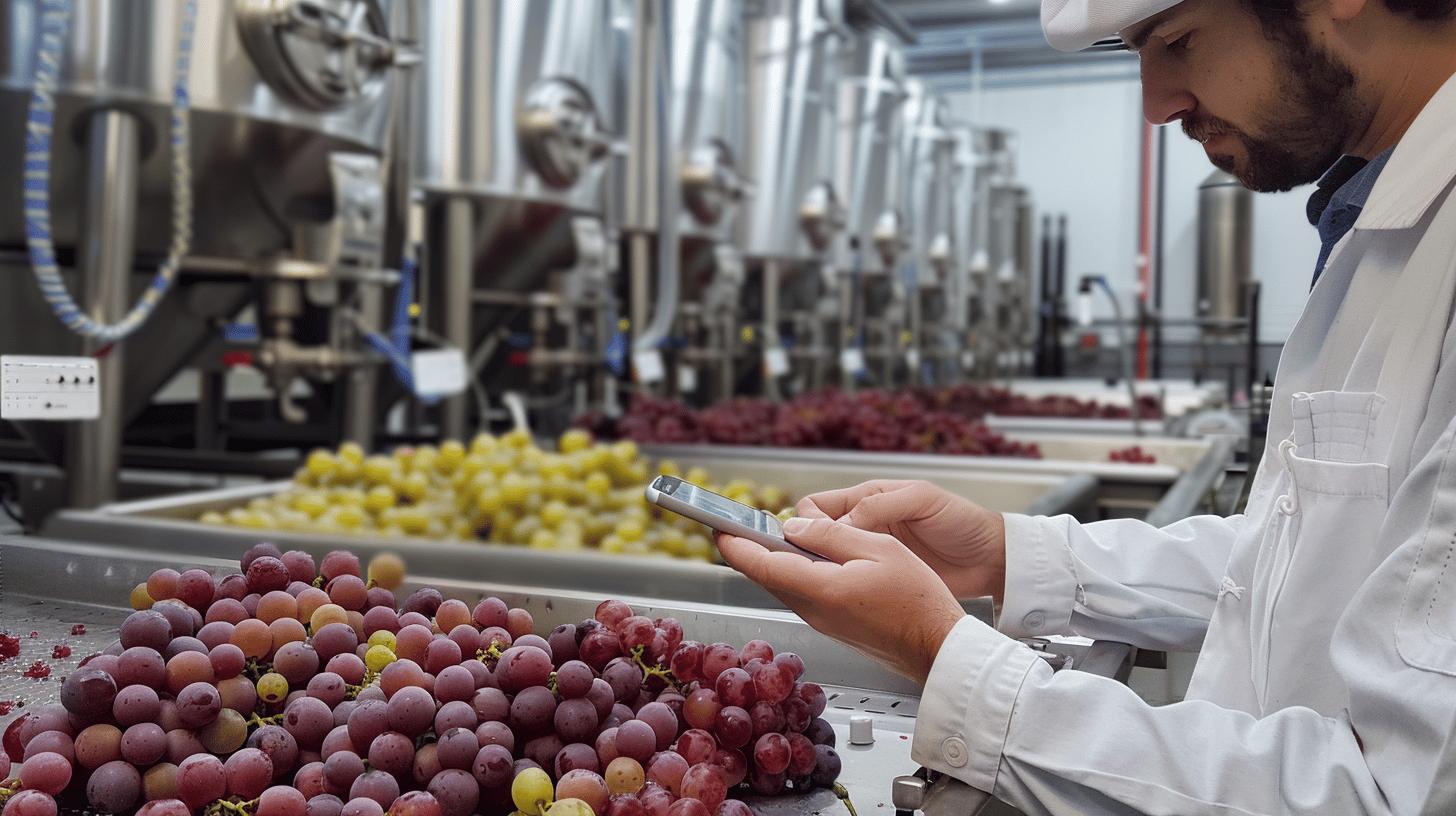
Modern winemaking pioneers have revolutionized the industry by incorporating scientific methods that focus on factors like container type, yeast variety, and aging time. These advancements have allowed winemakers to exert greater control over the fermentation process and the final product.
For instance, the use of stainless steel tanks has become standard practice, as they provide a more stable environment for fermentation compared to traditional wooden barrels. Additionally, the selection of specific yeast strains tailored to different grape varieties can significantly impact the flavor profile and quality of the wine.
Significant modern pioneers have made notable contributions to winemaking. David Lett, often referred to as “Papa Pinot,” was instrumental in promoting Oregon’s Pinot Noir on the global stage. The International Pinot Noir Celebration, which started in the 1980s, played a key role in this effort. Today, Oregon boasts over 400 wineries and contributes nearly $3 billion annually to the state’s economy.
Another influential figure is Michel Rolland, a French enologist and consultant who has advised wineries worldwide on improving their winemaking techniques. His expertise in micro-oxygenation and other innovative practices has elevated the quality of wines across various regions.
- Use of scientific methods
- Advanced fermentation techniques
- Climate control in vineyards
- Precision viticulture
Sustainable winemaking practices
Current trends in winemaking continue to focus on innovation and sustainability. Precision viticulture, which employs GPS and other technologies to monitor vineyard conditions, allows for more efficient and environmentally friendly farming practices.
Sustainable winemaking practices, such as organic farming and reduced water usage, are becoming increasingly important as consumers demand more eco-friendly products. The industry is also exploring new fermentation techniques and container types, such as concrete eggs and amphorae, to create unique flavor profiles and enhance the quality of the wine.
| Pioneer | Innovation |
|---|---|
| David Lett | Promoted Oregon’s Pinot Noir globally |
| Michel Rolland | Introduced micro-oxygenation techniques |
| Richard Smart | Developed canopy management practices |
| Randall Grahm | Advocated for terroir-driven wines |
| Dr. Richard Peterson | Pioneered advanced fermentation techniques |
Final Words
From the struggles of pre-colonial grape growing to the booming vineyards of regions like California and New Zealand, the history of winemaking is bursting with fascinating tales. Each area brought its unique challenges and unsung heroes.
These pioneers, such as David Lett in Oregon and Max Schubert in Australia, shaped the industry and laid the groundwork for today’s thriving wine culture.
As you sip your next glass, remember the journey these visionaries undertook. Cheers to the Pioneers of New World Winemaking: Key Figures Who Defined the Industry, and happy exploring!
FAQ
Who are the New World wine producers?
New World wine producers include countries like the United States, Australia, New Zealand, South Africa, Chile, and Argentina.
Who invented wine first?
Wine was first invented by ancient civilizations such as the Georgians around 6000 BC.
Who invented red wine?
Red wine was likely first created by ancient winemakers in regions like Georgia or Armenia, where early winemaking methods were developed.
Who is the father of the American wine industry?
Agoston Haraszthy, a Hungarian immigrant, is often considered the father of the American wine industry due to his pioneering work in California.
Who were the pioneers of California wine?
The pioneers of California wine include figures like Charles Krug, Jacob Schram, and Gustav Niebaum, who helped establish the region’s winemaking reputation.
Who is the father of American viticulture?
David Lett, known as “Papa Pinot,” is often credited as the father of American viticulture for his pioneering efforts in Oregon’s Willamette Valley.
